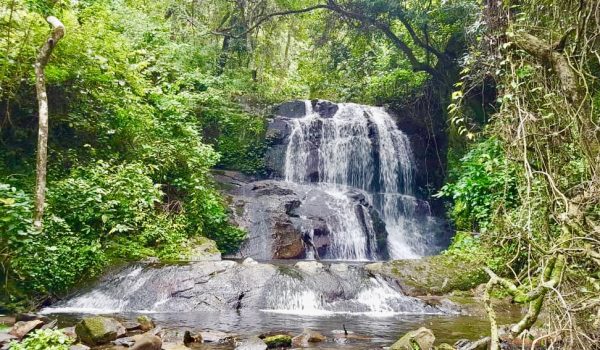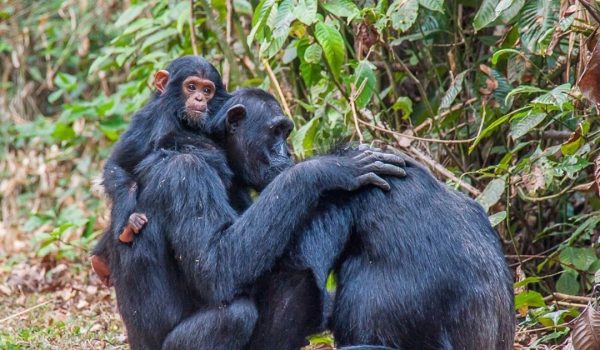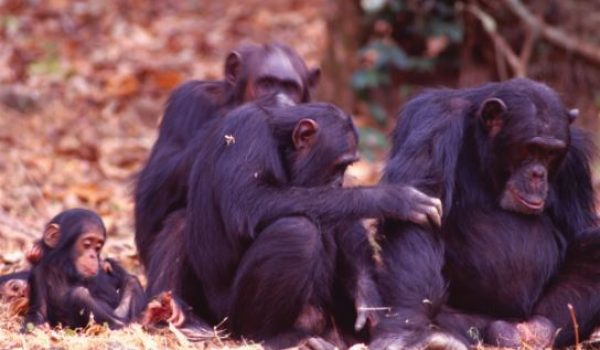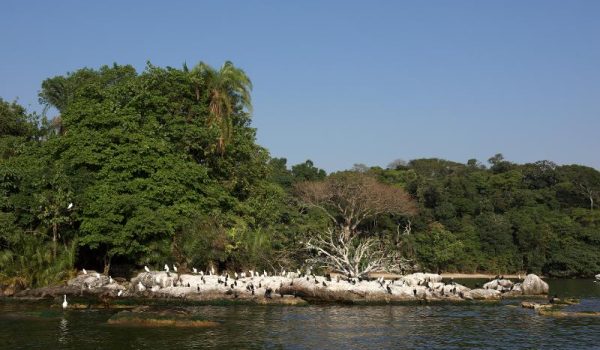Bhutto Tours & Safaris
Western Circuit
Western Circuit
Northern safari circuit encompasses some of Africa’s most iconic parks and reserves including Serengeti National Park, Ngorongoro Conservation Area, Tarangire National Park, Lake Manyara National Park, Kilimanjaro National Park, Arusha National Park, and the Great Rift Valley lakes Natron and Eyasi.
Due to the popularity of these parks, the northern safari circuit harbors more tourists than any other circuit in Tanzania. Sometimes, especially during peak seasons, it is not uncommon to see plenty of vehicles in one area.
Mahale Mountains National Park
On the shores of Lake Tanganyika, the oldest and deepest lakes in the world lies a pristine and remote park; the Mahale National Park which holds and protect the largest known population of chimpanzees, the jungle and the mountains. Visiting the park is a gratifying experience as you have a chance to carry game drive, chimp-trekking, hiking, snorkeling and bird watching. The establishment of this Park was a reflection of the government commitment to preserving the chimpanzee population as well as an emulation of the efforts by Japanese researchers who pioneered to conduct research on primates including chimpanzees.
CLIMATE
The park experiences two rainy seasons, the short rains (mid October-November) and heavy rains (March to mid may) with an annual range of 1,500 – 2,500mm. The park is located at an altitude between 750 and 2,250 meters.
GETTING THERE
The park can be accessed throughout the year by road, water and air.
Road: From Kigoma town the park can be accessed by road 128km (5hrs drive) south, the road running south-east of Lake Tanganyika shore
Air: Using charted flight (Zantas air, Coastal aviation, Air Excel and safari air link) from all major cities and towns.
Water: Also can be reached by ship (9-10hrs cruise) via Lake Tanganyika to Lagosa point and then by using boat with 30 minutes cruise to the park. Also there is a public transport at Rukoma village or Mgambo village where you can hire a local boat or arrange with park for boat pick up, or public transport to Park Headquarter.
ATTRACTIONS
Mahale Mountains National Park is famous for chimpanzees, However there are other attractions like the Lake Tanganyika which is the second oldest freshwater lake in the world ,the second largest by volume and the second deepest in all cases after lake Baikal in Siberia. Other attractions include beautiful varieties of waterfalls like Ntale, Kasiha and Sansa , wild animals like warthogs, mountains and sand beaches


Gombe National Park
There are truly wild places in Tanzania, Gombe National Park is one of them. The nature value of Gombe was noticed in 1943 when it was designated as a game reserve. Gombe gained its popularity after the pioneering research activities of Dr Jane Goodall in 1960 which is believed to be the longest running study of primates in the world. Conservation status was upgraded to that of a National Park in 1968 and opened for tourism in 1978 after chimpanzee habituated to human visitors. It is located 16 km north of Kigoma town on the shores of the world’s second deepest Lake Tanganyika in western Tanzania with an area of 56 square kilometers.
CLIMATE
Rainy season is the best chimpanzee sporting while the green vegetation blooms providing an astonishing scenic view and waterfalls are at the best (November to Mid- May) while dry season provides a chance for best photo taking , short and long hike(May to October).
GETTING THERE
Drive, schedule or charter a flight from Dar es salaam, Mwanza or Arusha or take a slow or fast train from Dar es salaam or ferry along the shore of Lake Tanganyika from Burundi or Zambia to Kigoma. To reach Gombe you must travel by boat from Kigoma. Depending on your budget, there’s an option of speed boat, which takes much less time- or passenger’s boat, which takes longer about 4 hrs.Boat ride is an amazing trip.
ATTRACTIONS
Gombe wilderness worth a year round visit; enabling you to cruise along part of the historical inquisitiveness way back in the 19th century when Livingstone and Stanley searched the source of River Nile.


Rubondo Island National Park
Rubondo Island was gazetted officially as National Park in 1977. It is an important breeding ground for both migratory bird and fish species especially Tilapia and Nile perch as for a long time it stood to be the only area in the waters of Lake Victoria which was well protected and preserved. About 80% of the park is covered by a dense forest thus providing a variety of habitats for indigenous wildlife such as Sitatunga, hippos, bush bucks, velvet monkeys, genet cats, crocodiles, bush pigs etc sharing the ecological niches with the introduced species such as chimpanzees, elephants, giraffes, black and white colubous monkeys, suni and African grey parrots.
CLIMATE
The best time is from June through September and wet season from November to March when wild flowers are flourishing and plentiful of butterflies For bird watchers is from December to February when most migratory birds are nesting
ATTRACTIONS
The park is bestowed with magnificent attractions that tourist can enjoy these include diversity of wild life including elephants, giraffes, bushbucks, hippos, yellow-spotted otters, crocodiles, chimpanzee, sitatunga and offers best fish breeding sites. other attractions are birds diversity with more than 400 species of nesting birds resides the park. The grey parrot, introduced in 2000 when 34 birds were rescued from illegal trade, is a spectacular newcomer. Another noisy specimen is the African fish eagle.
GETTING THERE
Rubondo Island can be reached by Air Chatters and Public transport & then boats to the park.
By Air: Rubondo Island can be reached both by charter/air. Visitors who prefer to travel by air should in advance check with the tour operators in Bukoba, Mwanza, Arusha and Dar es Salaam for flight schedules.
By public transport and Boat: By public transport leads you from Mwanza to Nkome via Geita town which is approximately 3-4 hours (164km) drive, 100km through a tarmac and 64 rough road. At Nkome Rangers post you can be picked by park boat and will take 1 hour to the park. Another route is Mwanza to Mganza through Bukoba road (270km – 5hrs), Biharamulo to Mganza through Chato – Bukoba road and from Bukoba to Mganza through Bukoba – Chato road. At Muganza you can take a taxi or motorcycle (5min) to Kasenda where Park boats are parking and there you will be picked-up by park boat and will take about 20-25 min to the park.







